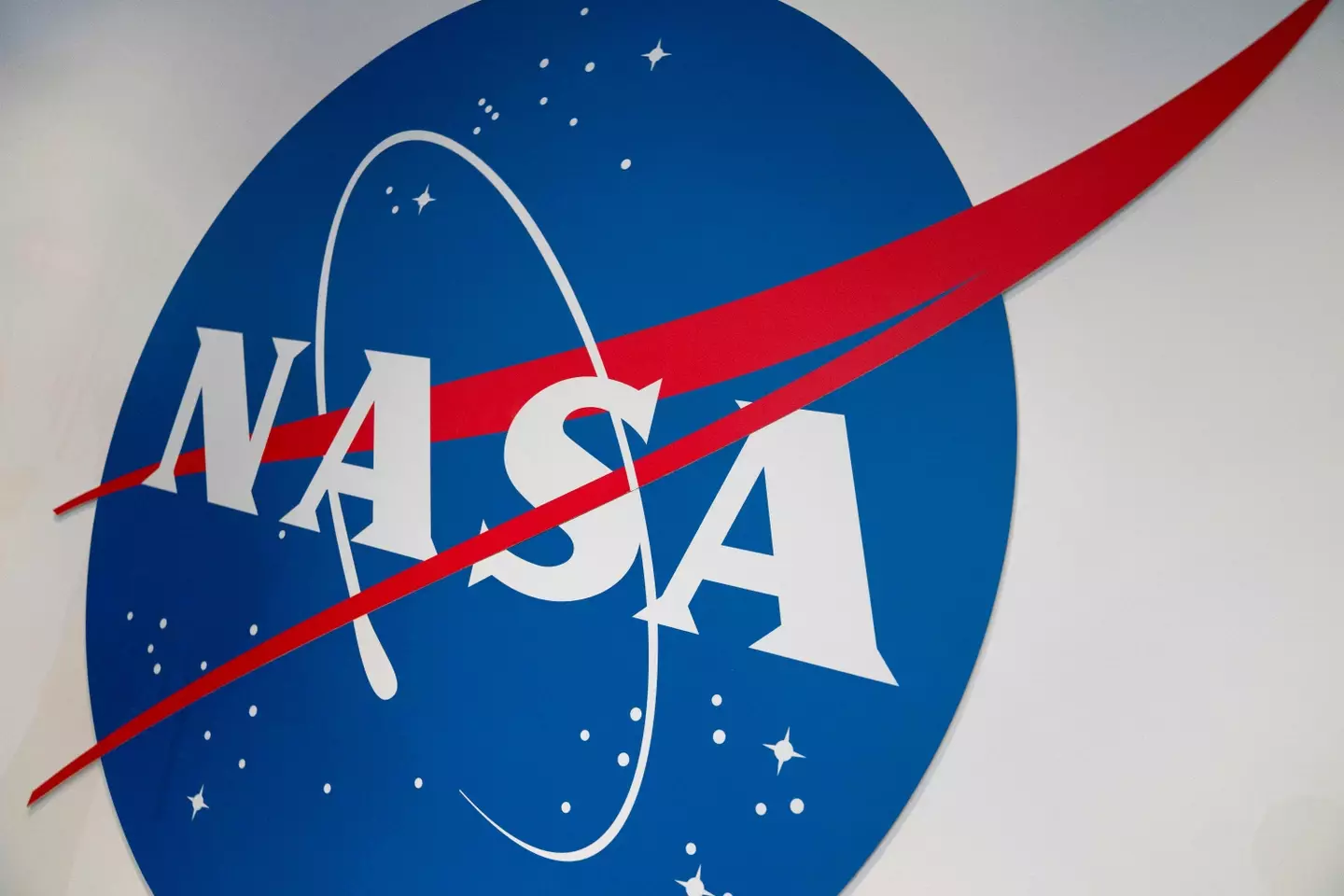Gravity is a fundamental aspect of Earth, but NASA’s recent discovery may introduce a new essential component.
Space enthusiasts were astonished last week (August 28) when NASA revealed that a team of scientists identified a planet-wide electric field.
Despite its relatively weak nature, this field is thought to be as crucial to our planet as gravity and magnetic fields, marking a historic milestone.
Termed the ambipolar electric field, this phenomenon was first proposed by NASA scientists over six decades ago. Here’s a glimpse into its mechanism:
Researchers utilized NASA’s suborbital Endurance rocket to investigate the evolution of Earth’s atmosphere.
Glyn Collinson, the lead author of the study and principal investigator of the Endurance mission at NASA’s Goddard Space Flight Center, provided insights on the discovery.
She noted that planets with an atmosphere “should have an ambipolar field.”
“Now that we’ve finally measured it, we can begin learning how it’s shaped our planet as well as others over time,” she added.
Since the 1960s, spacecraft passing over Earth’s polar regions have detected particles flowing from our atmosphere into space.
This phenomenon, termed the ‘polar wind’ by scientists, prompted extensive research.

While some atmospheric outflow is expected, the polar wind yielded unexpected results.
Many particles within the magnetic field were cold and showed no signs of heating.
Nonetheless, these particles were traveling at supersonic speeds, surprising NASA scientists.
Collinson remarked, “Something had to be drawing these particles out of the atmosphere.”
In response, scientists conducted further research and launched the Endurance rocket from Svalbard near the North Pole.
The rocket ascended to an impressive altitude of 768.03 km before descending into the Greenland Sea just 19 minutes later.

Scientists observed a slight 0.55 volt change, which propels hydrogen ions in the solar wind.
Given that these ions are the most prevalent particles in the solar wind, the electric field is 10.6 times stronger than gravity.
Alex Glocer, the Endurance project scientist at NASA Goddard and co-author of the study, stated: “That’s more than enough to counter gravity — in fact, it’s enough to launch [atmospheric particles] upwards into space at supersonic speeds.”
Collinson added: “It’s like this conveyor belt, lifting the atmosphere up into space.”
Ongoing research will explore how the electric field affects Earth’s atmosphere.

